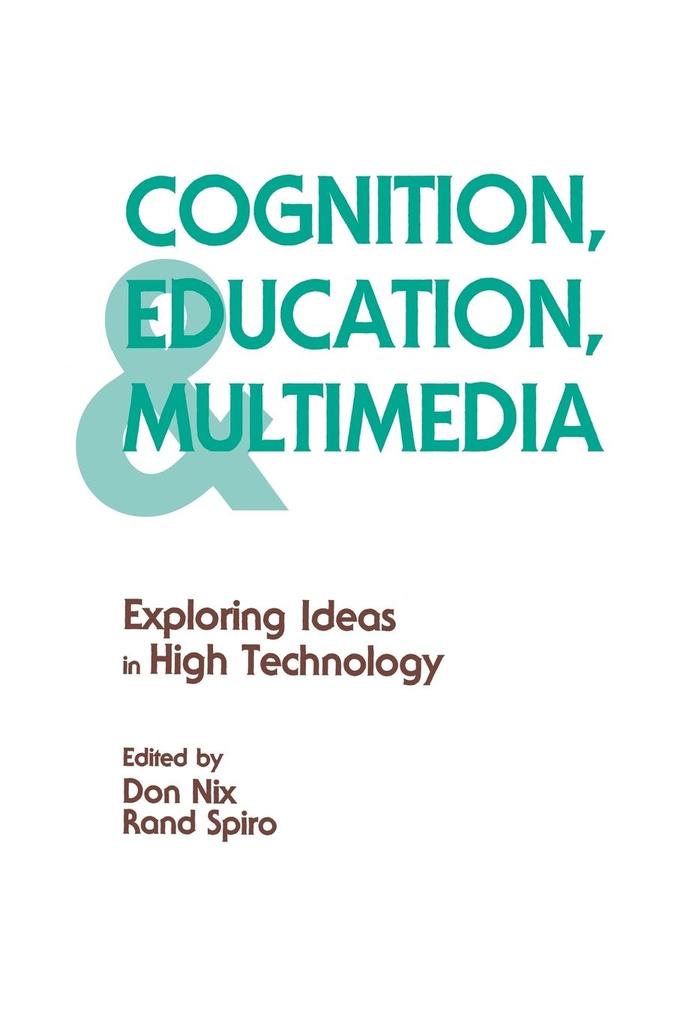
Zustellung: Di, 15.07. - Fr, 18.07.
Versand in 5 Tagen
VersandkostenfreiBestellen & in Filiale abholen:
Computers have become a topic of concern, debate, argument, dogmatism, and inquiry among a variety of people who are interested in the fate and effectiveness of the educational system. This book presents working hypotheses of ways in which computers may fit into and/or transform classroom education. Through the exploration of learning and cognitive theory as it infuses technological developments, this volume promises to illuminate a number of important issues, including experiential learning and nontraditional computer-based instruction.
Inhaltsverzeichnis
Contents: Introduction. P. M. Gildea, G. A. Miller, C. L. Wurtenberg, Contextual Enrichment by Videodisc. C. Chomsky, Books on Videodisc: Computers, Video, and Reading Aloud to Children. V. L. Hanson, C. A. Padden, Computers and Videodisc Technology for Bilingual ASL/English Instruction of Deaf Children. J. T. Guthrie, M. J. Dreher, Literacy as Search: Explorations Via Computer. J. D. Bransford, R. D. Sherwood, T. S. Hasselbring, C. K. Kinzer, S. M. Williams, Anchored Instruction: Why We Need It and How Technology Can Help. D. Nix, Should Computers Know What You Can Do With Them? R. J. Spiro, J-C. Jehng, Cognitive Flexibility and Hypertext: Theory and Technology for the Nonlinear and Multidimensional Traversal of Complex Subject Matter.
Produktdetails
Erscheinungsdatum
07. Dezember 2015
Sprache
englisch
Seitenanzahl
230
Autor/Autorin
Don Nix, Rand J. Spiro
Herausgegeben von
Don Nix
Verlag/Hersteller
Produktart
kartoniert
Gewicht
340 g
Größe (L/B/H)
229/152/13 mm
ISBN
9781138970977
Entdecken Sie mehr
Bewertungen
0 Bewertungen
Es wurden noch keine Bewertungen abgegeben. Schreiben Sie die erste Bewertung zu "Cognition, Education, and Multimedia" und helfen Sie damit anderen bei der Kaufentscheidung.









